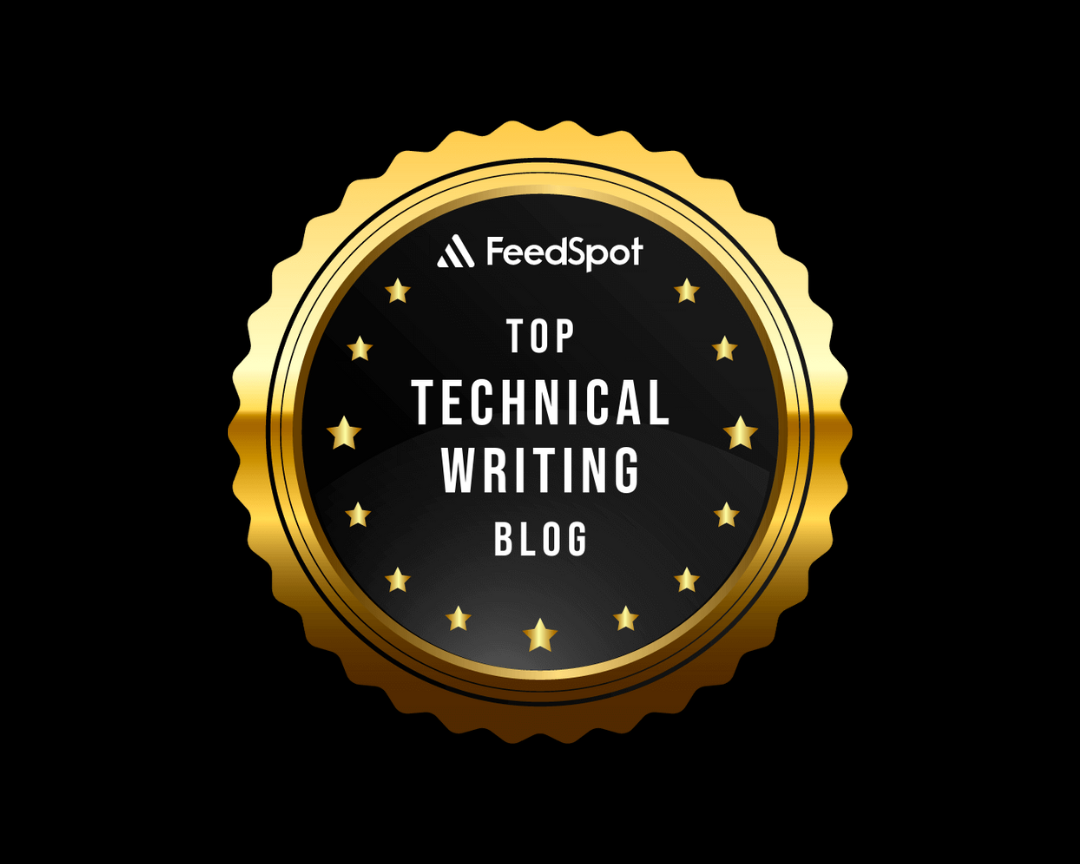The Art of Topic-Based Writing: How to Craft Compelling Content
Imagine your latest piece of writing featured in the New York Times, with a rave review praising it as sensible, understandable, logical, resonating,...
3 min read
 Meagan Voulo
:
Apr 11, 2023 7:58:49 AM
Meagan Voulo
:
Apr 11, 2023 7:58:49 AM
%20(1)-1.png)
I’ll admit, I tend to be very analytical. I work as a data scientist full-time and on the side, I usually do technical writing. From SOPs to data analysis write-ups, my work tends to be objective and structured. However, there’s another side to my writing…
I also write more creative works of fiction. From YA fantasy to psychological thrillers, I thrive on the challenge of developing creative stories. It took me a while to get to the point where I could finish my first novel, but once I got there, I was hooked. So, despite the fact that I spend most of my day crunching numbers and coding, I do in fact have a creative side.
You might be wondering how my fiction writing has anything to do with my technical writing, and that’s valid. The way I see it, writing a fantasy novel and writing a technical manual are polar opposites in terms of the way my brain works. Sometimes that makes it difficult to switch from one form of writing to another, which is where I’m looking to bridge the gap.
For example, if I’m doing technical writing all week, it’s tough to transition back to my novel on the weekend. Hence, my latest novel has been sitting at 46,000 words for the past few months.
That being said, someone from my weekly writing group recently introduced me to a form of poetry that I believe could help with my predicament.
At its core, The Poetry Foundation defines a sestina as, “A complex French verse form, usually unrhymed, consisting of six stanzas of six lines each and a three-line envoy.” It sounded simple enough, but even with my technical background, I was a little thrown off when I saw a big chart of numbers on the page describing the poem’s format.
1 2 3 4 5 6
6 1 5 2 4 3
3 6 4 1 2 5
5 3 2 6 1 4
4 5 1 3 6 2
2 4 6 5 3 1
(6 2) (1 4) (5 3)
Each number represents the final word of a line, meaning that the first stanza determines the final words that will be repeated throughout the rest of the poem.
I think it makes more sense when you see an example. This is the start of the sestina I wrote the other day:
I always thought I’d never get better,
But today my significant other asked something different.
Hey, do you want to get a burrito?
Though I wasn’t sure I’d ever get to this point,
I wasn’t going to let my disorder win.
There’s so much worse than becoming fat.
Honestly, why are we all afraid of fat?
Sometimes extra weight can make you feel better.
Challenging negative thoughts is a win.
My thought process that day was different.
I had finally reached a turning point.
Though I didn’t know it ‘til I ordered the burrito.
As you can see the last words of the lines repeat in the order outlined earlier. This is an example of two stanzas, but the idea is that these same words would repeat as the final words of the remaining 27 lines (four more stanzas, and the envoy).
Now, the reason I think that this form of poetry was so helpful for me is that I had spent about 15 hours during the week writing data-centered articles (on top of my 40 hours of coding), and by the weekend I wanted so badly to do something creative. Unfortunately, after spending all that time writing about logistic regressions and PowerBI, I just couldn’t get in the right mindset to work on my book.
I needed something that could bridge the gap between 100% technical and 100% creative, and the sestina allowed me to do just that. I sat at my laptop counting lines and labeling the last words that I needed to repeat, utilizing my analytical brain, while also challenging myself to write something more creative. I adapted a creative nonfiction essay I wrote years ago in the hopes it would spark some new ideas.
I know it’s not a life-changing experience, but learning how to write a sestina basically trained my brain to get out of that analytical mindset after a long week of technical writing. Likewise, I can use this tactic to get back into technical writing after spending weeks working on my novel or other works of fiction. Some people talk about cross-training when it comes to physical exercise, but I’m a firm believer in cross-training the mind as well.
Looking for an expert copywriter? Contact us today to work with a writer who specializes in your company’s niche. Whether it’s technical writing, SEO, or creative storytelling, we have the talent to support your team.

Imagine your latest piece of writing featured in the New York Times, with a rave review praising it as sensible, understandable, logical, resonating,...

We're thrilled to announce that Hire a Writer's Technical Writing blog has officially been recognized by Feedspot as one of the Top 50 Technical...